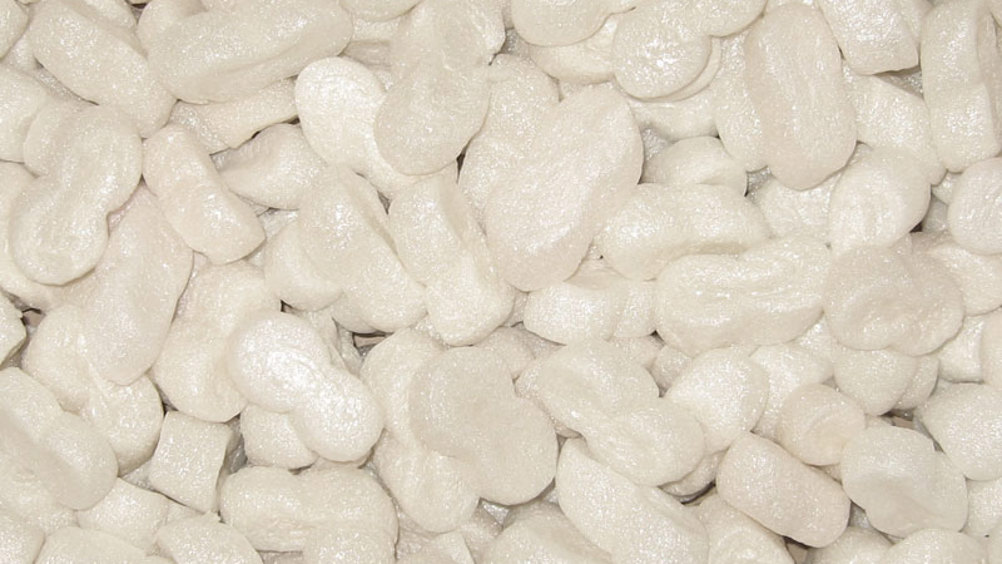Process recycles packaging “peanuts” into battery components
US researchers have developed a process for recycling packaging waste into high performance battery electrodes

The uniquitious foam chips or “packaging peanuts” used around to safely cushion products in transit are notoriously difficult to recycle, and are frequently dumped in land-fill sites where they can take decades to break down.
This could be about to change thanks to a team from Purdue University in the US which has developed a process that enables the ubiquitous chips to be converted into carbon electrodes for rechargeable lithium-ion batteries that are claimed to outperform conventional graphite electrodes
The anodes in most of today’s lithium-ion batteries are made of graphite. Lithium ions are contained in a liquid called an electrolyte, and these ions are stored in the anode during recharging. Commercial anode particles are about 10 times thicker than the new anodes and have higher electrical resistance, which increase charging time.
Research findings indicate that the new anodes can charge faster and deliver higher “specific capacity” compared to commercially available graphite anodes, Pol said.
Register now to continue reading
Thanks for visiting The Engineer. You’ve now reached your monthly limit of news stories. Register for free to unlock unlimited access to all of our news coverage, as well as premium content including opinion, in-depth features and special reports.
Benefits of registering
-
In-depth insights and coverage of key emerging trends
-
Unrestricted access to special reports throughout the year
-
Daily technology news delivered straight to your inbox











Water Sector Talent Exodus Could Cripple The Sector
Maybe if things are essential for the running of a country and we want to pay a fair price we should be running these utilities on a not for profit...